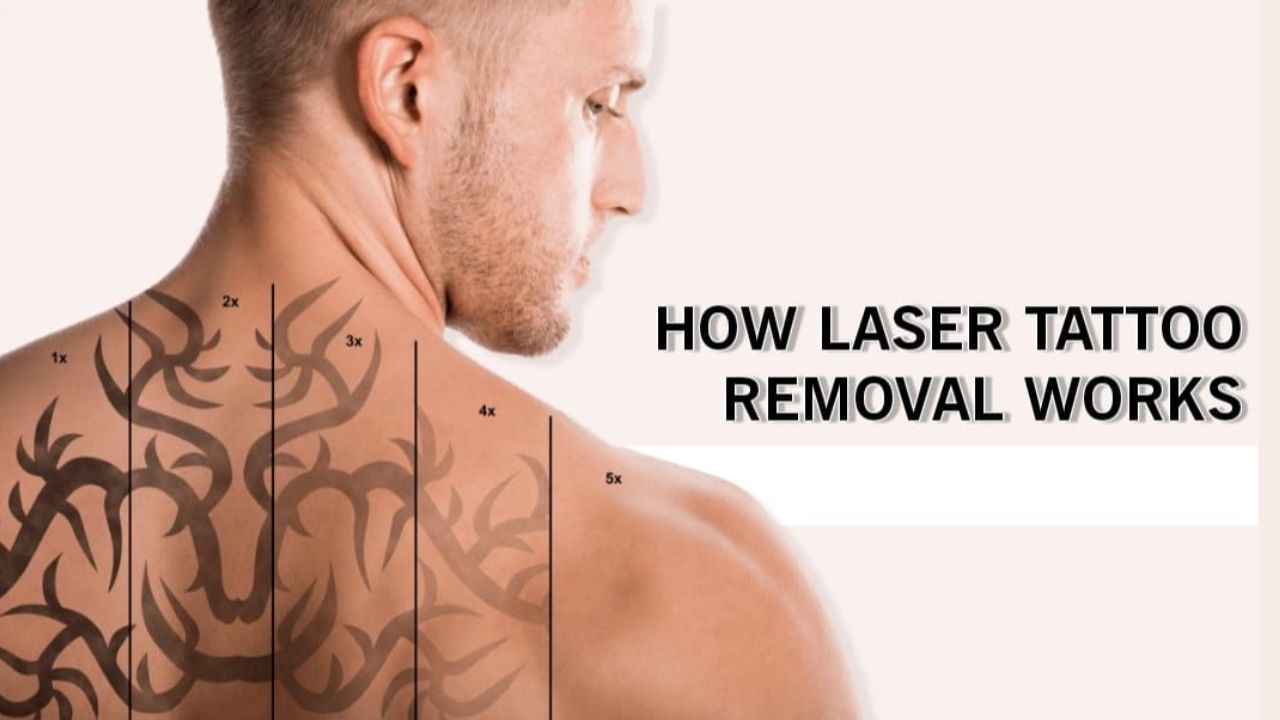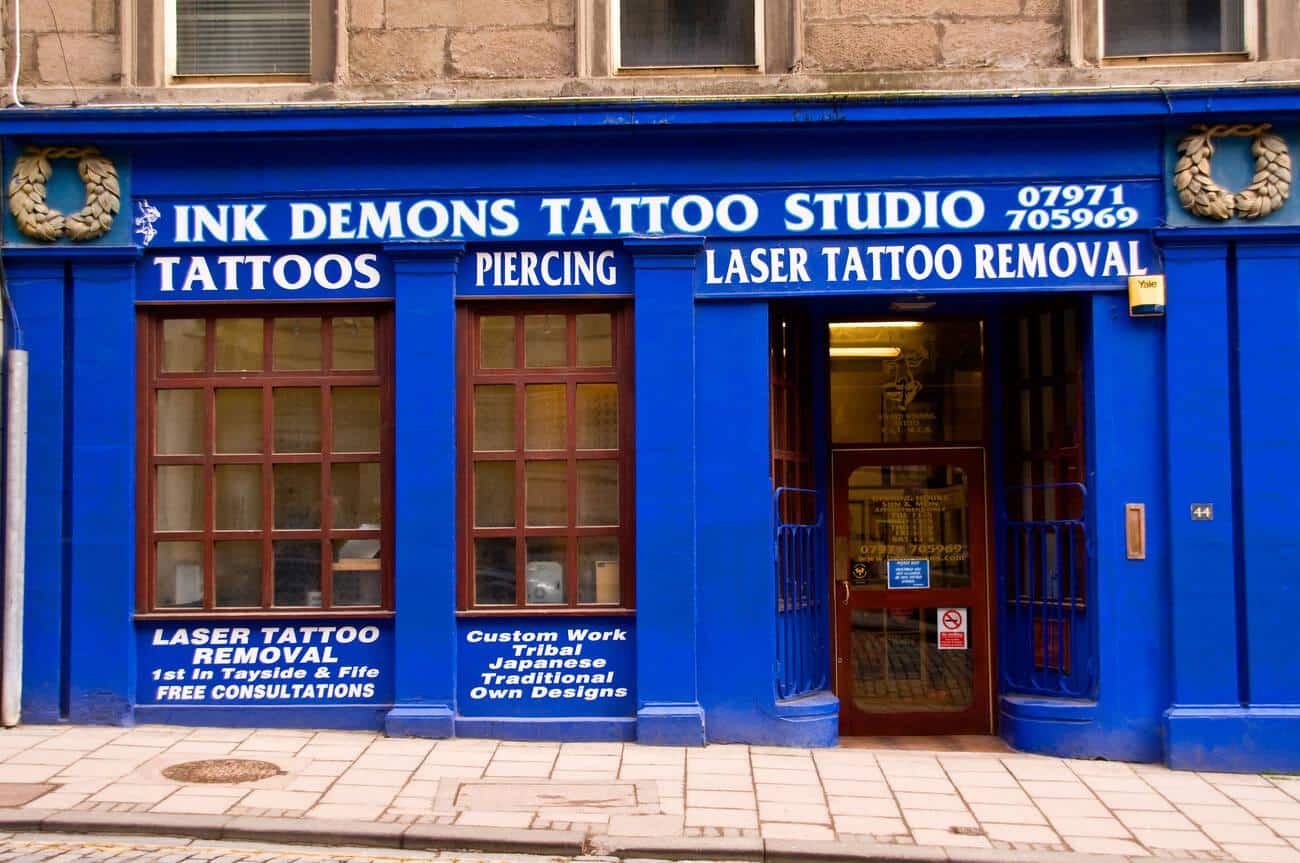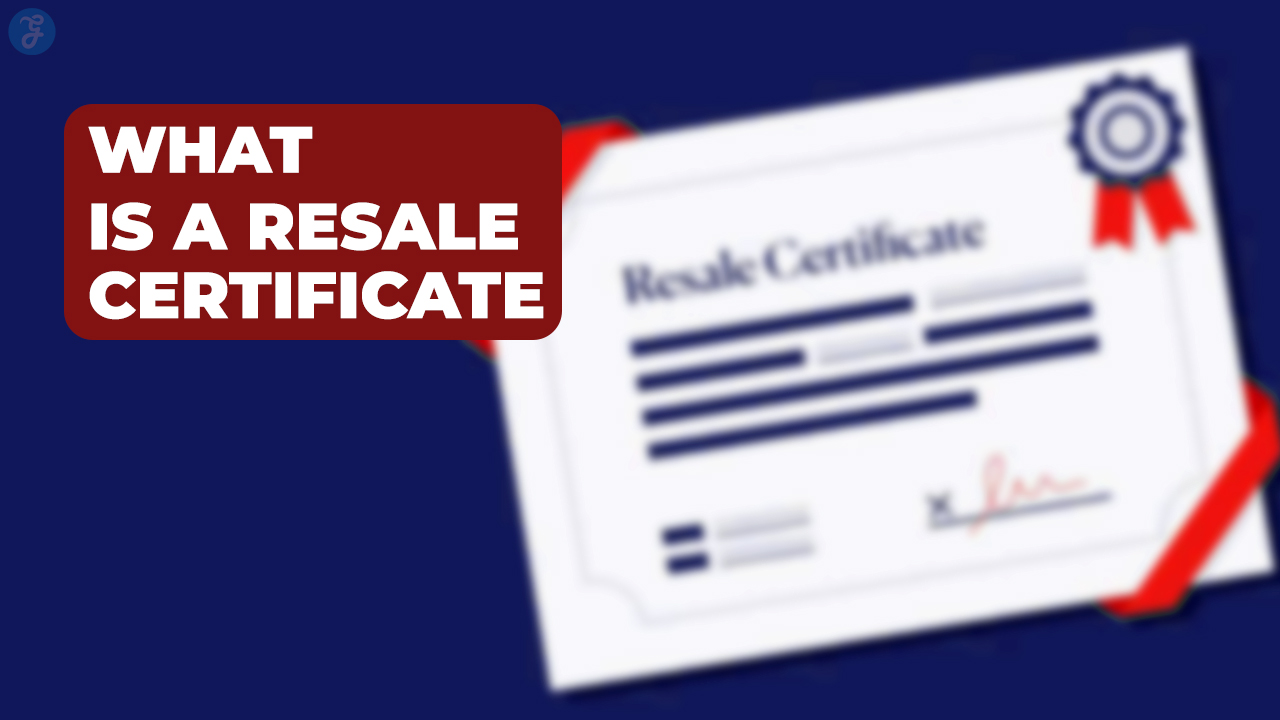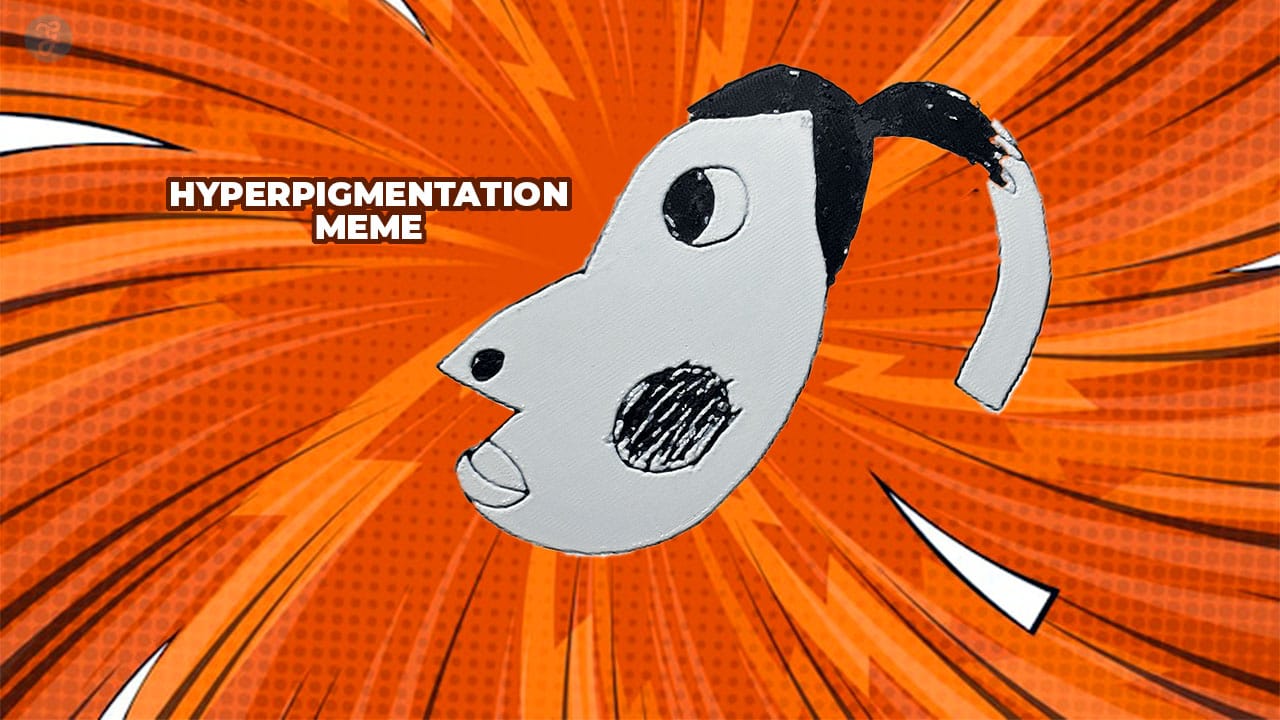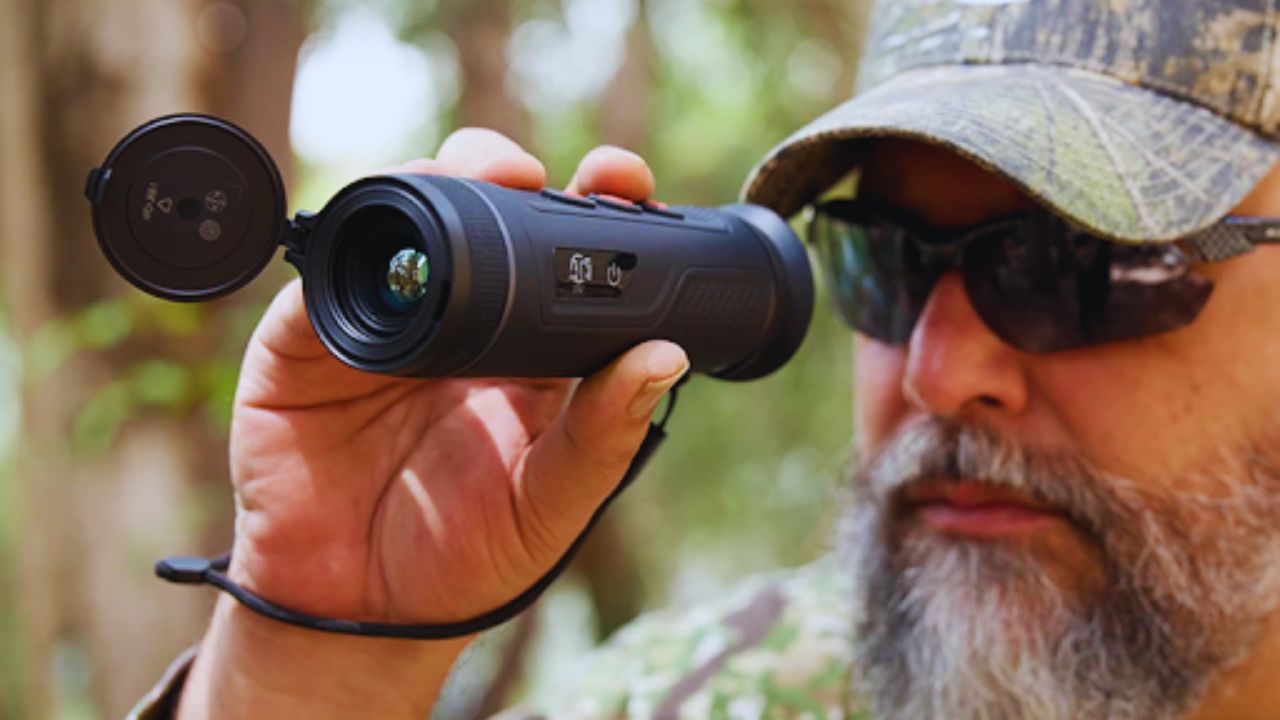Remember that embarrassing stick-and-poke smiley face on your ankle? Yeah, laser tattoo removal can handle that. Wondering how laser tattoo removal works, exactly?
Picture this: imagine your tattoo ink as stubborn little ink monsters chilling deep in your skin. Lasers blast those dudes with intense light, shattering them into bite-sized pieces. Your body’s awesome cleanup crew, the white blood cells, then gobble them up and flush them out there, one faded memory at a time.
So, is laser tattoo removal safe? Like most things in life, it’s not black and white (literally!). Trained professionals use specific lasers for different ink colors and skin types, minimizing risks. But let’s be real: it’s a medical procedure, so some laser tattoo removal side effects can pop up, like temporary swelling or scabbing. Totally normal, but worth knowing about before you blast those ink monsters.
Ready to say goodbye to your regrettable reminders of questionable teenage decisions? This blog is your ultimate guide to how laser tattoo removal works, the safety scoop, and even the nitty-gritty side effects. We’ll break it down in plain English, answer all your burning (pun intended) questions, and help you get the clear, confident canvas you deserve. Dive in!
Content Highlights
- Laser tattoo removal involves using high-intensity light beams to break down the ink particles in the tattoo.
- The number of sessions needed for laser removal depends on various factors, such as the size, color, and age of the tattoo.
- Finding a quality removal clinic is crucial for a successful laser tattoo removal procedure.
How Laser Tattoo Removal Works—At a Glance
Check out the following table to learn briefly about how laser tattoo removal works.
|
Topic |
Summary |
|
The Physics Behind Laser Light Interacting With Tattoo Pigment |
The tattoo pigment absorbs a beam of light from the laser that travels through the skin and causes it to heat up and disintegrate into smaller particles. |
|
Wavelength Targeting Specific Ink Colors and Shattering Pigment |
Different lasers target different ink colors. For example, a green laser targets green ink. The laser beam shatters the pigment into tiny fragments. |
|
Role of Immune System Flushing Away Fragments Between Sessions |
After each session, the immune system flushes away the broken-down ink fragments. It’s important to wait several weeks between sessions to allow complete removal. |
|
The Laser Removal Process, Step-by-Step |
The main steps are: 1) Color mapping tattoos to tune laser correctly; 2) Test spots to customize settings 3) Precisely targeting ink 4) Delivering rapid laser pulses 5) Repeating passes every 6–8 weeks |
|
Factors Impacting Efficacy |
The main factors are: ink type, tattoo location/depth/intricacy, number of sessions and timing breaks. |
|
Finding a Quality Removal Clinic |
Key factors are certifications and specializations, the consultation process and customization approach, equipment technology and capabilities. |
How Laser Tattoo Removal Works in Detail
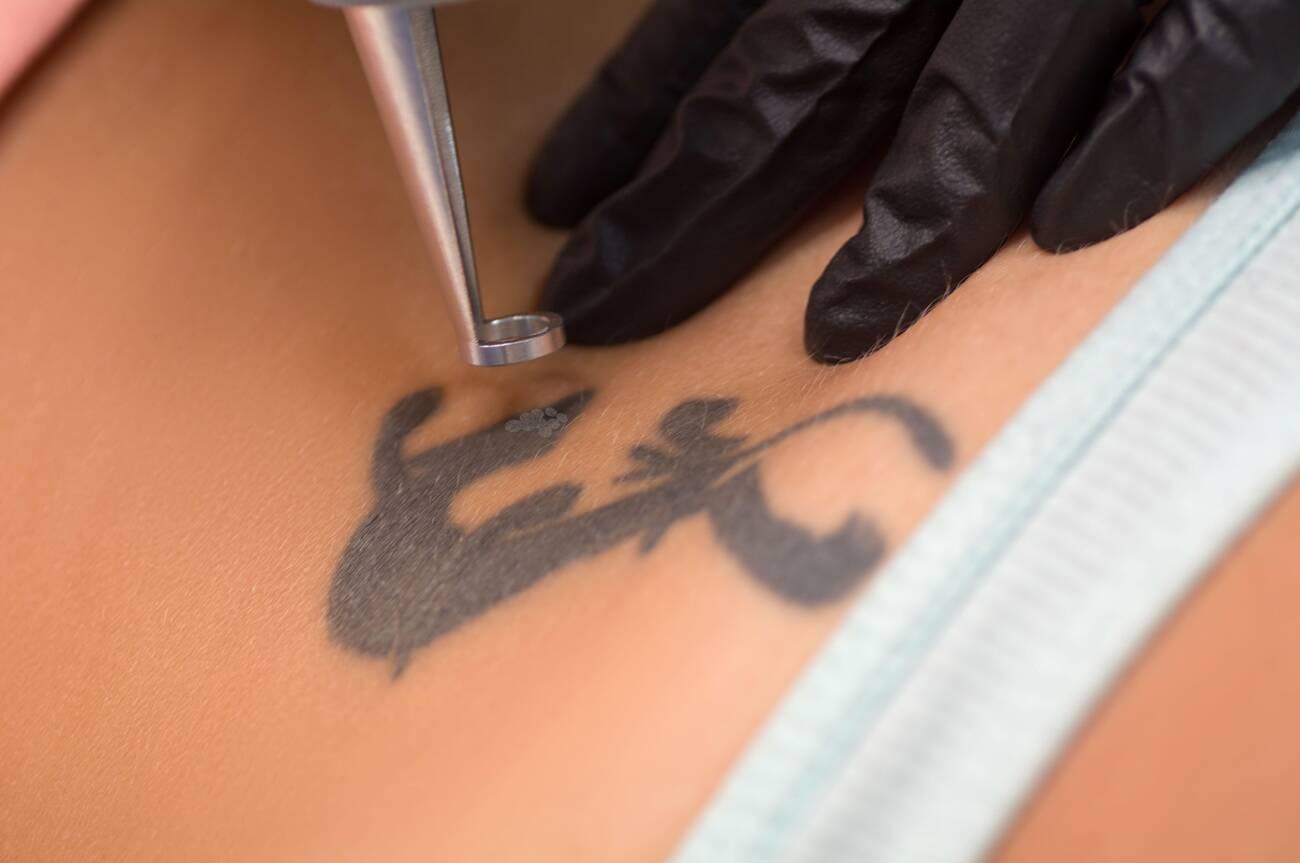
Laser tattoo removal is a popular method for removing unwanted tattoos. It works by targeting the ink pigment in the skin with a high-intensity laser beam. This process breaks down the ink particles into smaller fragments, which the body’s immune system can then flush away.
The Physics Behind Laser Light Interacting With Tattoo Pigment
The physics behind laser tattoo removal are quite complex. The tattoo pigment absorbs a beam of light that the laser emits after it passes through the skin. The energy from the laser beam causes the pigment to heat up and break down into smaller particles.
Wavelength Targeting Specific Ink Colors and Shattering Pigment
Different colors of ink absorb different wavelengths of light. Therefore, different lasers are used to target specific ink colors. For example, a green laser is used to target green ink, while a red laser is used to target red ink. The laser beam shatters the pigment into tiny fragments, which the body’s immune system can then remove.
Role of Immune System Flushing Away Fragments Between Sessions
After each laser tattoo removal session, the body’s immune system flushes away the ink fragments that have been broken down. It is important to wait several weeks between sessions to allow the immune system to fully remove the ink fragments. The number of sessions required for complete removal depends on the size and color of the tattoo.
In short, laser tattoo removal is an effective method for removing unwanted tattoos. The physics behind laser light interacting with tattoo pigment, the wavelength targeting specific ink colors and shattering pigment, and the role of the immune system flushing away fragments between sessions are all important factors in the process. By understanding how laser tattoo removal works, individuals can make informed decisions about whether this method is right for them.
The Laser Removal Process, Step-by-Step
Laser tattoo removal is a process that involves breaking down ink particles in the skin with the help of laser beams. The process is carried out in several steps to ensure the best possible results.
Color Mapping Tattoos to Tune Laser Correctly
Before starting the removal process, the color of the tattoo is mapped to tune the laser correctly. Different colors require different frequencies and strengths of laser beams. A green tattoo, for example, would require a different laser than a blue or red tattoo.
Test Spots to Customize Strength and Frequency Settings
Once the color mapping is complete, the technician will test the laser on a small spot to customize the strength and frequency settings. This ensures that the laser is not too strong or too weak, which could result in scarring or incomplete removal of the tattoo.
Precisely Targeting Ink With Laser Beam
The laser beam is then used to target the ink particles in the skin. The ink particles absorb the beam and heat up as a result, breaking down into smaller particles.
Delivering Rapid Pulses Across Tattoos
The laser delivers rapid pulses across the tattoo, breaking down the ink particles into smaller pieces. The body’s immune system then takes in the small particles and expels them from the body.
Repeating Passes Every 6–8 Weeks
The process is repeated every 6–8 weeks, allowing the body time to remove the broken-down ink particles. Multiple sessions are required to remove a tattoo completely. The number of sessions required depends on the size, color, and age of the tattoo.
In short, laser tattoo removal is a complex process that requires careful planning and execution. The process involves several steps, including color mapping, test spots, precise targeting of ink particles with laser beams, and repeating passes every 6–8 weeks. With the right technique and expertise, laser tattoo removal can be an effective way to remove unwanted tattoos.
Factors Impacting Efficacy
[Video Credits @pulselightclinic]
Laser tattoo removal is a safe and effective method for removing unwanted tattoos. Still, several factors can impact the efficacy of the treatment. In this section, we will discuss some of the most important factors that can affect the success of laser tattoo removal.
Ink Type (Professional vs. Amateur)
One of the most important factors that can impact the efficacy of laser tattoo removal is the type of ink used in the tattoo. Professional tattoos are typically created using high-quality ink that is designed to be long-lasting and resistant to fading. In contrast, amateur tattoos are often created using low-quality ink that is more likely to fade over time.
The type of ink used in the tattoo can impact the success of laser tattoo removal because different types of ink respond differently to laser treatments. Some types of ink are more resistant to laser treatments than others, which can make it more difficult to remove the tattoo.
Tattoo Location, Depth, and Intricacy
Another important factor that can impact the success of laser tattoo removal is the location of the tattoo on the body. Tattoos that are located in areas with a lot of blood flow, such as the arms or legs, tend to respond better to laser treatments than tattoos located in areas with less blood flow, such as the hands or feet.
The depth and intricacy of the tattoo can also impact the success of laser tattoo removal. Tattoos that are deeper or more intricate may require more treatments to be removed completely.
Number of Sessions and Timing Breaks
The number of laser tattoo removal sessions required to remove a tattoo can vary depending on several factors, including the size and complexity of the tattoo, the type of ink used, and the location of the tattoo on the body. In general, most tattoos require multiple treatments to be completely removed.
Timing breaks between laser tattoo removal sessions are also important. The body needs time to heal between treatments, and scheduling treatments too close together can increase the risk of side effects and reduce the effectiveness of the treatment.
In short, several factors can impact the success of laser tattoo removal, including the type of ink used in the tattoo, the location of the tattoo on the body, the depth and intricacy of the tattoo, and the number of laser tattoo removal sessions required to remove the tattoo. By understanding these factors, individuals can make informed decisions about whether laser tattoo removal is the right choice for them.
Finding a Quality Removal Clinic
When it comes to laser tattoo removal, finding a quality clinic is crucial. Here are some factors to consider when choosing a clinic:
Certifications and specializations
One of the most important things to look for in a laser tattoo removal clinic is proper certification and specialization. The clinic should be licensed to perform laser tattoo removal and have trained professionals who specialize in this procedure. The clinic should also have a good track record of successful treatments and satisfied customers.
Consultation Process and Customization Approach
A good laser tattoo removal clinic should have a thorough consultation process to determine the best approach for each individual’s unique tattoo and skin type. The clinic should also have a customization approach that takes into account the client’s goals and expectations. This can include adjusting the number of treatments, the strength of the laser, and the use of other complementary treatments.
Equipment Technology and Capabilities
A laser tattoo removal clinic’s use of high-quality equipment is also crucial. The clinic should have state-of-the-art laser technology that is capable of removing a wide range of tattoo colors and sizes. The clinic should also have the capability to adjust the laser’s strength and pulse duration to achieve the best results for each individual’s tattoo and skin type.
In short, finding a quality laser tattoo removal clinic is essential to achieving the best results. By considering factors such as certifications and specializations, consultation processes and customization approaches, equipment technology, and capabilities, individuals can make an informed decision and choose a clinic that will provide them with the best possible outcome.
Takeaway
Laser tattoo removal is a safe and effective way to remove unwanted tattoos. It is a gradual process that requires multiple sessions, but the results are worth it. In this section, we will recap how laser tattoo removal works over time, discuss how to manage expectations around the number of sessions based on tattoo factors, and provide information on where to research reputable removal professionals.
A Recap of How Laser Tattoo Removal Works Over Time
The laser process erases tattoos by breaking down the ink particles trapped in the dermis layer of the skin. The ink particles in the tattoo absorb highly concentrated light beams that lasers emit at particular wavelengths. The body’s immune system eventually removes the tiny fragments of broken ink particles that the laser’s energy causes them to break into. The process is gradual and requires multiple sessions to achieve complete removal.
Managing Expectations Around Number Sessions Based on Tattoo Factors
The number of sessions required for complete tattoo removal depends on several factors, including the size, color, and age of the tattoo. Larger tattoos or tattoos with more colors may require more sessions than smaller, simpler tattoos. Older tattoos may also require more sessions than newer tattoos, as the ink may have settled deeper into the skin over time.
It is important to manage expectations around the number of sessions required for a complete removal and to work with a reputable removal professional to develop a treatment plan that is tailored to the individual’s needs.
Where can I research reputable removal professionals?
When researching removal professionals, it is important to look for someone who is experienced, licensed, and certified in laser tattoo removal. One way to find a reputable removal professional is to ask for referrals from friends or family members who have undergone the process. Another way is to search online for reviews and ratings of local removal professionals. It is also important to schedule a consultation with the removal professional to discuss the process, expected results, and any potential risks or side effects.
In short, laser tattoo removal is an effective way to remove unwanted tattoos. It is a gradual process that requires multiple sessions, but the results are worth it. By understanding how the laser process erases tattoos over time, managing expectations around the number of sessions based on tattoo factors, and researching reputable removal professionals, individuals can make informed decisions about the removal process.
Frequently Asked Questions (FAQs)
If you have more questions about how laser tattoo removal works, review the following questions and answers:.
What is the level of discomfort associated with laser tattoo removal?
Laser tattoo removal can be uncomfortable, but the level of discomfort varies depending on the individual’s pain tolerance and the location of the tattoo. According to U.S. Dermatology Partners, most patients describe the sensation as similar to being snapped with a rubber band. Some patients may experience mild swelling, redness, or blistering following treatment, but these side effects usually subside within a few days.
How effective is laser tattoo removal for completely erasing a tattoo?
Laser tattoo removal is effective in most cases, but it may not completely erase the tattoo. According to Removery, the success of the treatment depends on several factors, including the size, color, and location of the tattoo, as well as the patient’s skin type and the type of laser used. In some cases, multiple treatments may be necessary to achieve the desired results.
What is the typical duration required to fully remove a tattoo using lasers?
The duration required to fully remove a tattoo using lasers varies depending on several factors. According to Astanza Laser, most patients require between 5 and 10 laser sessions, spaced several weeks apart, to fully remove a tattoo. Again, as per Skin Wellness, professional tattoos take around 6–12 sessions to be removed. Still, the exact duration of treatment depends on the size, color, and location of the tattoo, as well as the patient’s skin type and the type of laser used.
Are there any risks or safety concerns involved in laser tattoo removal?
Laser tattoo removal is generally safe, but there are some risks and safety concerns to be aware of. According to the Mayo Clinic, the most common side effects of laser tattoo removal include temporary redness, swelling, and blistering. In rare cases, the treatment may cause scarring or changes in skin texture or pigmentation. It is important to choose a qualified and experienced provider to minimize the risk of complications.
Can laser tattoo removal increase the risk of cancer?
There is no evidence to suggest that laser tattoo removal increases the risk of cancer. According to the Mayo Clinic, the lasers used in tattoo removal do not emit ionizing radiation. which is known to increase the risk of cancer. Still, it is important to protect the treated area from the sun to prevent skin damage and reduce the risk of skin cancer.
What is Q-switching?
Imagine microscopic ink monsters stubbornly clinging to your skin. That’s what tattoo ink looks like under a microscope. But fear not; laser tattoo removal has a secret weapon: the Q-switched laser.
These bad boys fire rapid pulses of light that are super short, like a lightning bolt in slow motion. These quick bursts target the tiny ink particles, shattering them into dust. But here’s the cool part: the pulses are so fast that they barely heat up the surrounding skin, leaving it unharmed.
It’s like a laser jackhammer, breaking down the ink without touching the bricks (your skin cells). This precision makes Q-switched lasers the go-to for safe and effective tattoo removal.
How should I take care of my skin after laser tattoo removal?
Post-laser tattoo care is key to a smooth recovery! Here’s the quick guide:
- Chill: Ice packs reduce swelling and soothe the treated area.
- Cleanliness: Use mild soap and gently wash, but avoid rubbing, scrubbing, or soaking.
- Bandage buddy: Keep the area covered with breathable bandages and petroleum jelly to prevent scabbing.
- Sun’s out, sunscreen’s on: SPF 30 is your best friend to avoid hindering healing.
- No picking or scratching: Let scabs fall off naturally to avoid scarring. Ice or bandages can help the itch.
Remember, how laser tattoo removal works involves your body gradually removing shattered ink particles. Following these tips helps that process along beautifully, giving you the clearest results possible. Enjoy your fresh canvas!


